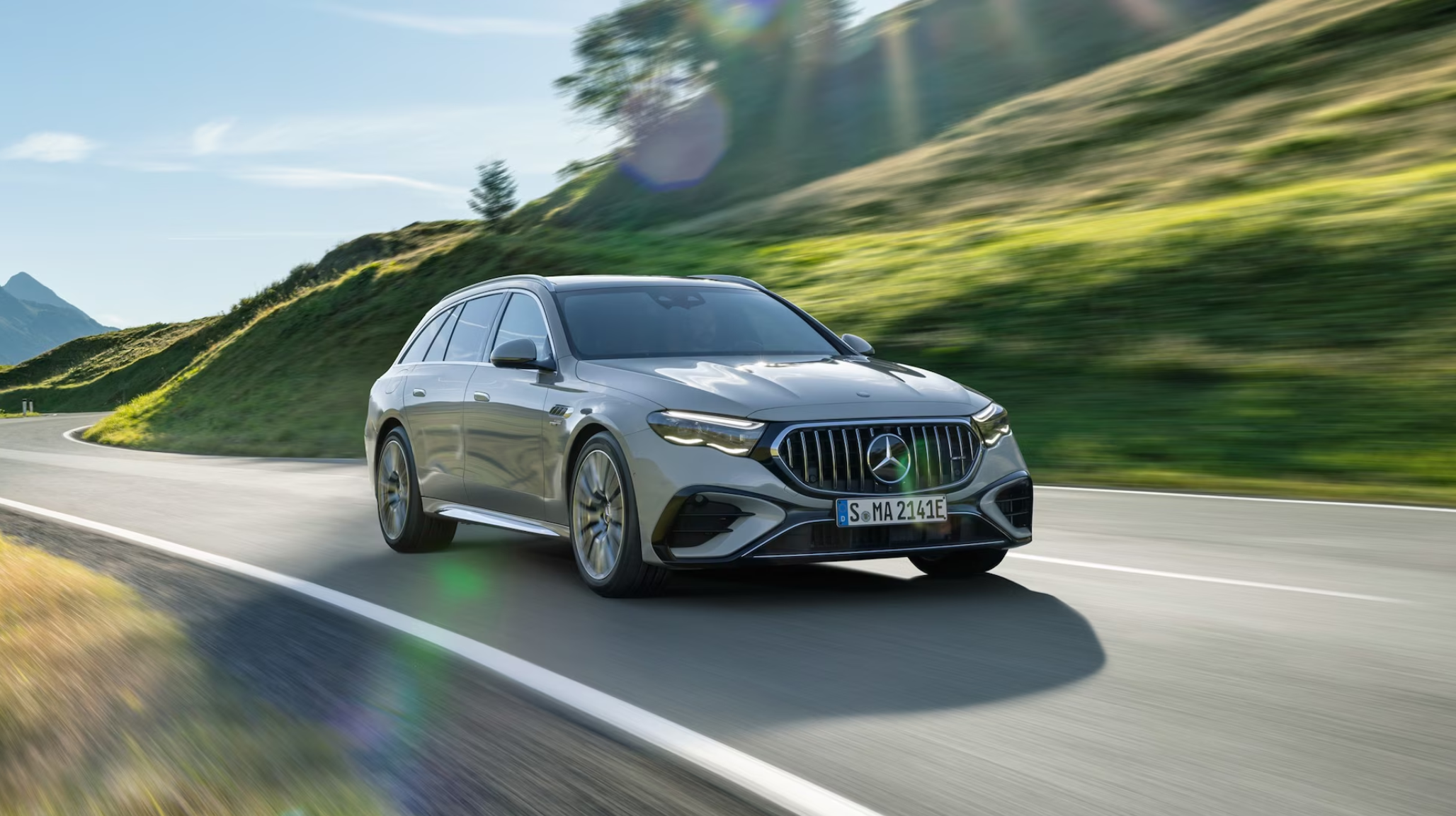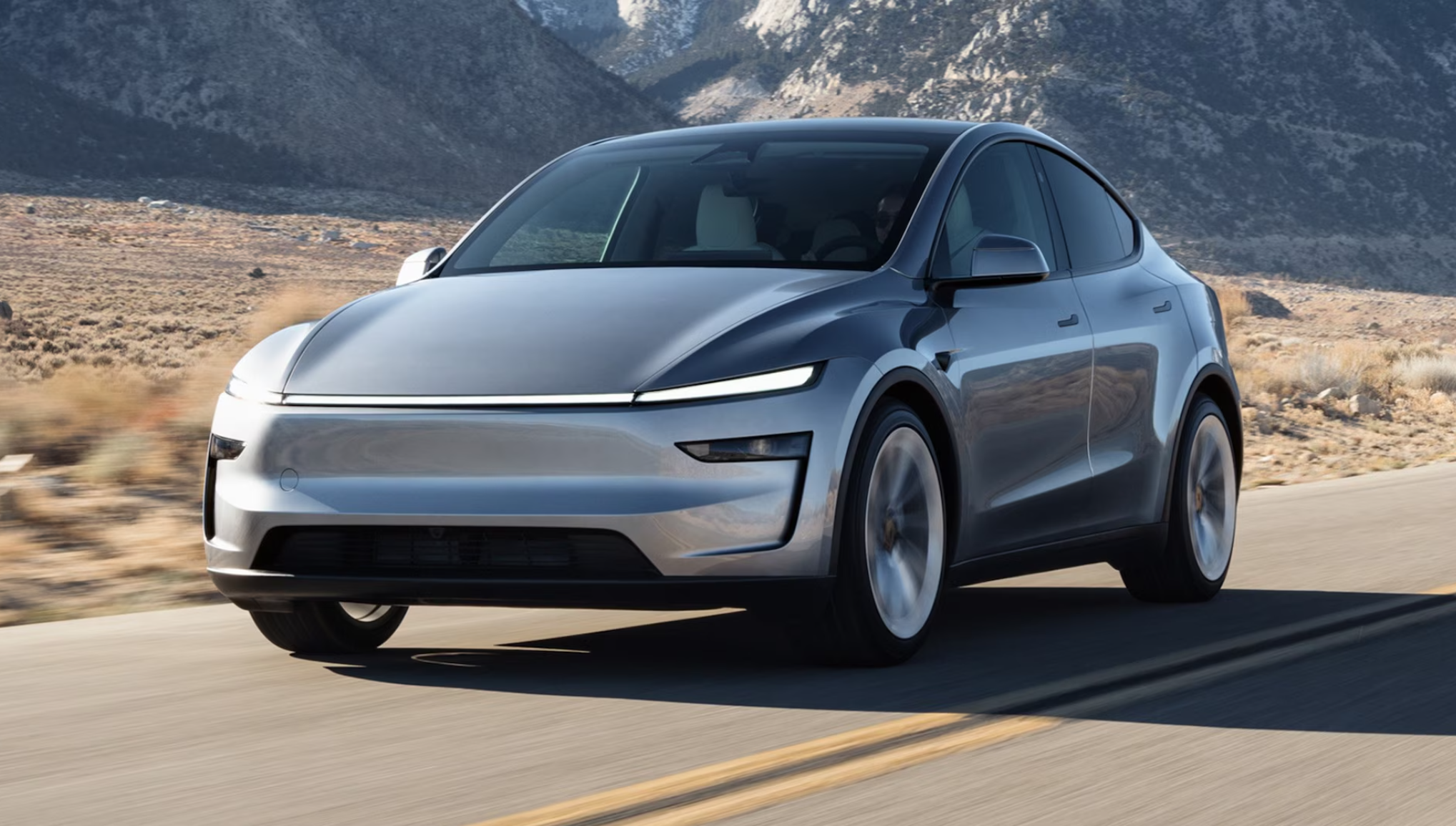The Most Significant Mini Investment Since 1959
This phrase has echoed throughout the year as Mini unveils a thoroughly refreshed lineup of 11 models. One of the final additions to arrive is the 2025 Mini Cooper Convertible. While the Hardtop 2-Door is largely new from the ground up, its design changes are evolutionary rather than revolutionary—think Porsche 911 levels of careful refinement. As for the convertible, its clever top mechanism (including the semi-retracted “sunroof mode”) and smart trunk optimization were already well-executed, so Mini wisely chose to carry them over.

Still Offered in Three Performance Flavors
Just like the hardtop version, the base and Oxford trims have transitioned from three-cylinder engines to more refined four-cylinder units. This represents a 20% power boost and a noticeable increase in overall smoothness. Both the Cooper and Cooper S now feature the same B48A20M2 engine, tuned differently:
- Cooper: 161 hp / 184 lb-ft (up 27 hp and 22 lb-ft)
- Cooper S: 201 hp / 221 lb-ft (up 32 lb-ft, but down 5 hp)
A 7-speed dual-clutch transmission is standard across the lineup.
The top-tier John Cooper Works (JCW) model uses a differently coded engine (B48A20O2), featuring upgraded fuel injectors, revised cam profiles, and other hardware, though the core internals remain unchanged. It produces 228 hp and 280 lb-ft. Notably, the Countryman JCW’s 312-hp version does feature strengthened internals.
The JCW also receives a specialized Sport DCT gearbox with shorter ratios (about 6% shorter than the base/S models), quicker shift logic, and predictive shifting informed by GPS data to preemptively select the optimal gear before curves and inclines.
Driving Impressions
We tested the new convertibles in Savannah, Georgia—a location better known for its cuisine than its curvy backroads, so we’ll reserve a full performance verdict until we spend more time with the car. Still, we were able to drive both the Cooper S and JCW versions and found them distinctly different.
The JCW, with its shorter gearing and more aggressive transmission calibration, feels substantially more potent than the 13% power difference suggests. With Boost Mode engaged, it feels even quicker—though Mini hasn’t provided official peak numbers, it hints at a temporary 10% power bump, which would put the JCW around 251 hp during short bursts.
The JCW’s “Go-Kart Mode” amplifies the sense of urgency, while its “Green Mode” tempers it to a more relaxed demeanor—surprisingly even more subdued than the Cooper S in its sportiest setting. Interestingly, only the JCW includes paddle shifters, which seems ironic given that it’s also the least in need of manual intervention thanks to its smart gearbox.
Mini estimates 0–60 mph at:
- Cooper: 7.9 sec
- Cooper S: 6.7 sec
- JCW: 6.2 sec
(We anticipate slightly better times in real-world testing.)
Convertible-Specific Details
The fabric roof—still optionally available with a Union Jack design—remains one of the best in the business. It opens and closes quickly at speeds up to 19 mph with a single button press. All windows can be raised or lowered simultaneously, and a wind blocker helps maintain quiet, comfortable open-air cruising even at 70 mph.
The “Sunroof Mode” partially retracts only the front portion of the top. The back seat remains usable for short trips, and access to the small trunk is simplified by a smart hinge system that lifts the rear of the top.
Unlike the hardtop, the convertible doesn’t support Mini’s full Comfort Access 2.0 system, which allows true keyless entry/start via smartphone—because that system requires roof-mounted antennas. Convertible drivers can still use phone-as-key but will need to touch the phone to the handle and place it on the wireless charger to start the car.
One small gripe: visibility can be limited due to the tall folded roof stack. A slight increase in the blind-spot monitoring range would be helpful here.
Impressively Solid
Despite being a convertible, the structure felt impressively rigid. There was little to no cowl shake or secondary vibrations over bumps—something we confirmed with both the Cooper S and JCW. Mini didn’t provide specific figures on increased torsional rigidity but described it as “notable.” Stiffness is essential to the Mini’s signature responsive handling, and this car seems to deliver. The JCW gets firmer suspension, but it’s not as aggressive as the hardtop version. Shocks are not adjustable by mode, but they are frequency-selective, softening smaller bumps while resisting roll and dive.
Tech and Design Perks
We’re big fans of Mini’s new 9.4-inch round OLED display, and in the convertible, it gains a unique “Always Open” meter that logs how often you drive with the top down. The Samsung-developed screen is easy to read, even in bright sunlight.
Inside and out, the car is full of fun design touches. Oval shapes dominate—on door handles, cup holders, control clusters, and even the oversized key fob. The convertible retains the prior rear hatch sheet metal, so it misses out on the hardtop’s reshaped taillights, but the LED signature mimics the Union Jack design well.
Should You Buy One?
There aren’t many convertibles left on the market under $50,000 that offer style, personality, and a usable back seat. Beyond the Mini, you’re looking at the Ford Mustang or off-roaders like the Jeep Wrangler or Ford Bronco.
The base Mini Convertible starts at $35,125, making it a compelling option for open-air motoring. The JCW model—starting at $44,875—feels worth the premium, offering performance and character in spades.
Let me know if you’d like a shorter summary, a social media version, or a layout for a car review website!


